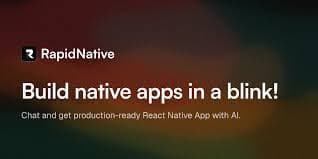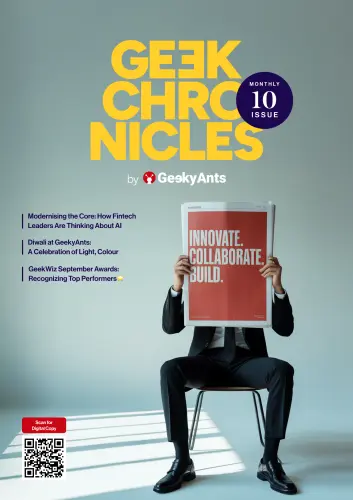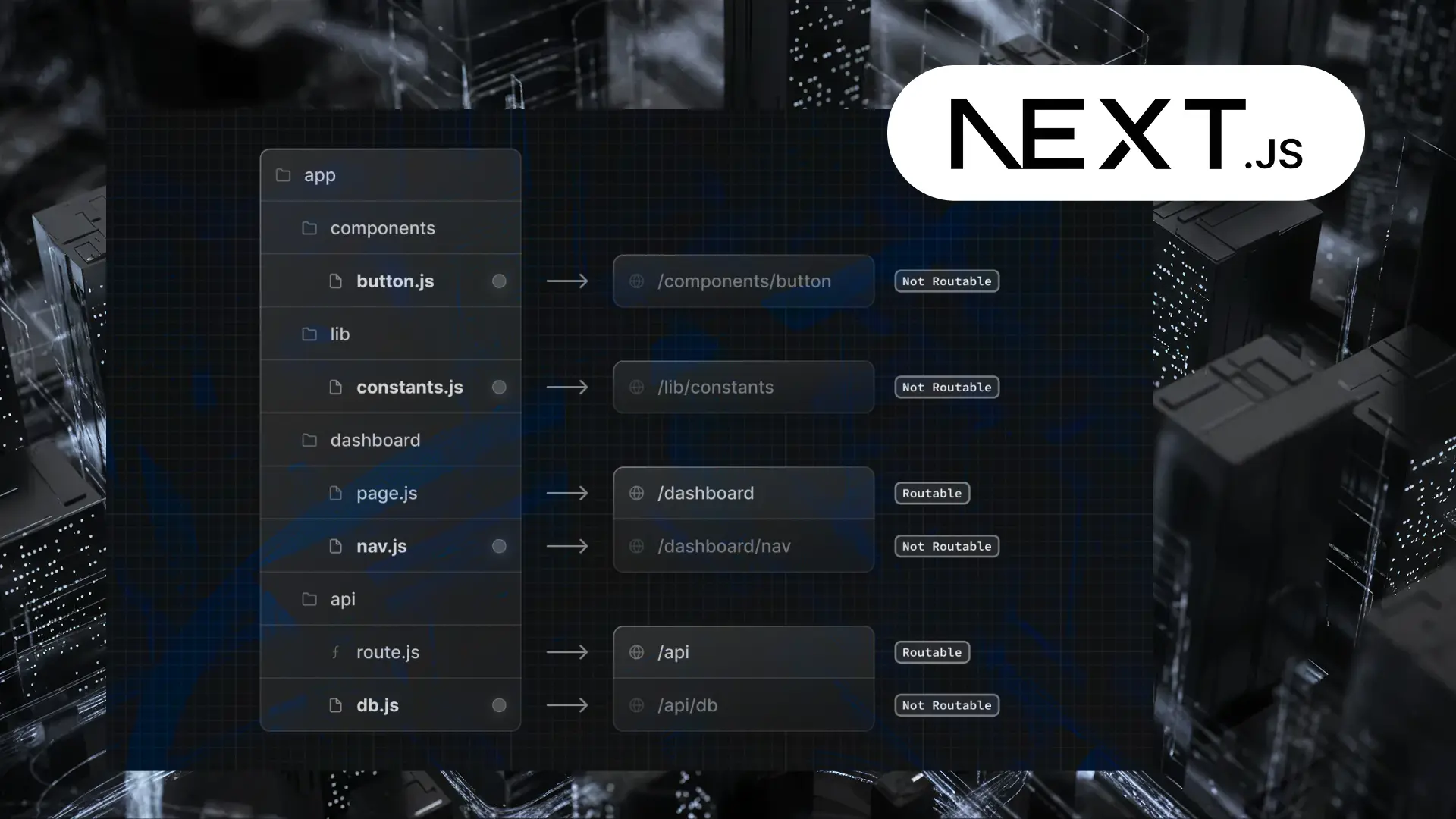From Pixels to Strategy: Designing in the Age of AI
Author

Date

Book a call
Editor’s Note: This blog is adapted from a talk by Vijayraj Honnur, product designer at IBM Software Labs. In this engaging session, he shared how AI is reshaping the design workflow—from building tools without writing code to creating production-ready prototypes using plain language prompts. Drawing on his journey as a developer-turned-designer, Vijayraj outlined a practical framework for adapting to AI and encouraged designers to adopt a strategic approach, engage in experimentation, and foster cross-functional collaboration.
Hello, I am Vijayraj, and I want to discuss how designers can lead the next wave of product innovation, especially in this new era where AI is rapidly becoming part of our everyday tools.
I began my career not as a designer, but as a developer. I studied at MIT Manipal, and through an international internship, I found myself in Ukraine, where I first encountered UX design. There, I learned about Android and iOS guidelines, what it means to think about user flow, and how design directly shapes the way people experience technology. I then went on to another internship in Iceland, where I finally got to put that knowledge into practice by designing and shipping real applications.
When I returned to India, breaking into the industry was difficult. I had very little experience and no traditional design degree. Eventually, I landed my first opportunity as a UX developer, then moved on to Cerner, Quantiphi, and finally IBM Software Labs, where I currently work with the WatsonX Code Assistant team. My journey through design has been driven entirely by curiosity and the willingness to build—even when I do not have all the answers upfront.
From Curiosity to Execution: A Chrome Extension Case Study
One recent example that changed how I think about design is when I decided to build a Chrome extension, without having written a single line of code in seven years. I did not even know how Chrome extensions worked. I had no idea what kind of files they required or what the directory structure looked like.
Still, I was curious. I had an idea: an extension that could help users identify fonts on any website. Something that designers like me often need—what font is this, and can I use it?
So I began the way most people do: by Googling. I learned I needed a manifest.json file, some JavaScript, and a bit of HTML. But I did not write any of it myself. Instead, I turned to AI-powered tools like:
- Spray AI – built by the makers of TikTok’s dev stack
- Bold – a coding copilot
- Locofy – for production-ready code snippets
- Cursor – an AI-native IDE that simplifies code workflows
I gave these tools very specific instructions.
“Set up an empty Chrome extension.”
“Add a button that can detect font styles.”
“Include a copy-to-clipboard feature.”
It was not perfect. Sometimes it broke completely. One time, it worked until I added a visual element, and the whole layout collapsed. But each time, I saved my progress, asked the AI to revise, and built on top of what worked.
Within four hours, I had a functioning extension. It was not just functional, it was good. Good enough to be featured by Google.
What Is White-Coding?
You may have seen the term “white-coding” come up more often lately. It is a concept that is gaining traction in the AI-assisted design and development space, and it is worth understanding.
White-coding refers to working with AI using natural language to accomplish technical tasks, instead of writing code manually. It is not about eliminating code; it is about delegating the act of coding to an intelligent system, while you focus on logic, structure, and intent.
In white-coding:
- You describe what you want in plain English.
- The AI translates that into actual working code.
- You refine the logic, structure, and behaviour using follow-up prompts.
Think of it as talking to a coding intern who happens to be extremely fast, always available, and learns instantly from your corrections. Whether you are building interfaces, writing scripts, or integrating APIs, white-coding allows you to create without having to touch the syntax—unless you want to.
This is not a distant future. It is already happening in tools like:
- ChatGPT + Code Interpreter
- Cursor (an AI-native IDE)
- Replit with Ghostwriter
- Bold and Locofy for frontend scaffolding
I used this approach when building my Chrome extension. I had no recent coding experience, but by thinking clearly and prompting step-by-step, I was able to build a working project from scratch—entirely through white-coding.
The Myth of Prompting Expertise
Many people say that you need to be a master at prompting to use AI tools effectively. I disagree.
If you can type a clear message in WhatsApp, you can use AI.
Here is the process I follow when working with any LLM:
- Define the outcome – What do you want to build or solve?
- Break it into steps – Be specific. Imagine you are speaking to an intern.
- Describe features one at a time – Keep it structured and simple.
- Iterate and refine – Adjust visual or functional elements incrementally.
- Ask for explanations – If you do not understand something, ask the AI to explain it like you were nine years old.
This last one works incredibly well. I have used it to understand things like JSX file structure, React logic, and package bundling—without needing to Google and guess.
The Bigger Question: Will AI Replace Designers?
The rise of tools like Relume, Framer AI, and GitHub Copilot has raised a very real concern: Will AI take over the creative process? I have seen AI generate wireframes from a single prompt. I have watched it lay out designs that are better than what junior designers might do manually.
The honest answer? Yes, it is going to automate a lot of the repetitive work. But no, it is not going to replace designers.
It is going to set a new baseline. Just like we adjusted when mobile apps changed user behaviour, or when the iPhone introduced multitouch gestures, we are going to adjust to AI becoming part of our day-to-day.
What AI will do is replace designers who refuse to learn how to work with it.
A Framework for Designer Adaptation
I have been thinking a lot about how designers can practically start embracing this shift. Here is a five-step framework I use:
1. Democratise Creation
Start small. Try getting access to tools like Cursor or Locofy for your team. Convince your stakeholders to invest just enough to run a pilot program. Even $20 per month can change how your team prototypes.
Once you have access, start treating design like rapid product development. You are not just showing static Figma screens anymore. You are building actual prototypes that respond, animate, and connect to real data.
2. Redefine the Role
Designers today need to operate like UX Engineers. That means going beyond surface-level execution and into systems thinking.
- Ask “why,” not just “how.”
- Understand how your choices affect product strategy.
- Contribute to documentation and internal tooling.
Let AI assist with the mechanical tasks so that you can focus on critical thinking.
3. Navigate with Intent
It is easy to feel threatened by AI. Instead of resisting, try to analyse where it fits:
- What parts of your workflow are bottlenecks?
- Can AI help reduce iteration cycles?
- Are there high-friction tasks that can be handed off?
Once you map this out, you can implement change logically, not fearfully.
4. Lead Innovation, Not Just Efficiency
Once AI takes over repetitive tasks, your value becomes the vision you bring. Be the person who experiments. Try layouts others would not. Adopt new design systems early.
The Bento grid is a great example. Within months of its emergence, it had been implemented across Framer templates, portfolios, and startups. Tools accelerate trend cycles. Use that to your advantage.
5. Co-Create With Cross-Functional Teams
This is something we follow at IBM: a model called “three-in-a-box”, where a designer, a product manager, and a developer work together from the start.
Do not just send over designs. Involve engineers and testers in your workshops. Run co-creation sessions. Let them see the reasoning behind layout, typography, spacing, and feedback loops. This builds empathy and dissolves the false perception that design is just “drawing boxes in Figma.”
A Cultural Shift Is Required
In many Indian startups, teams are still engineering-led. Design is seen as support, not strategy. That has to change.
Designers need to advocate for a seat at the table. Bring business impact into the conversation. Tie design improvements to KPIs. Show how a better onboarding screen reduces churn. Show how a clearer UI boosts conversion.
If we want to lead, we need to speak the language of impact.
The Takeaway
This is not just a wave of tools. This is a shift in how we build.
Designers who can think strategically, work with AI, and collaborate across roles are going to lead the next generation of product innovation.
The future is not AI vs. humans. It is humans who use AI vs. those who do not.
Dive deep into our research and insights. In our articles and blogs, we explore topics on design, how it relates to development, and impact of various trends to businesses.





